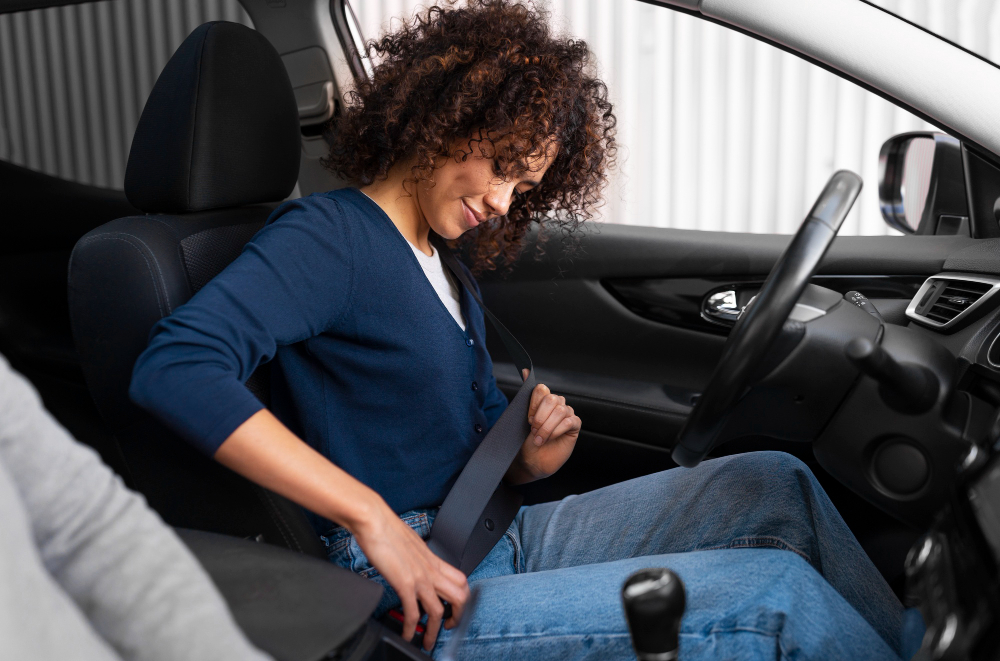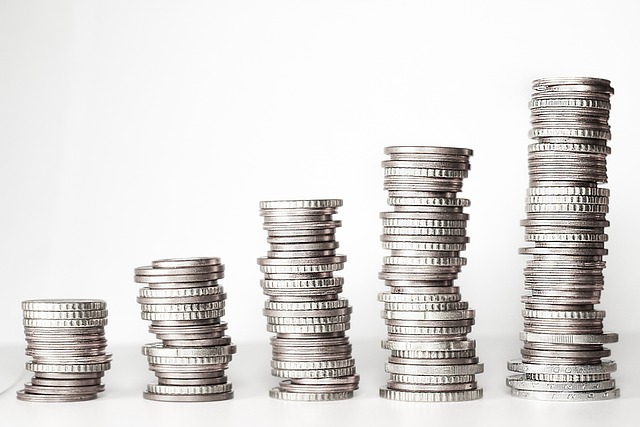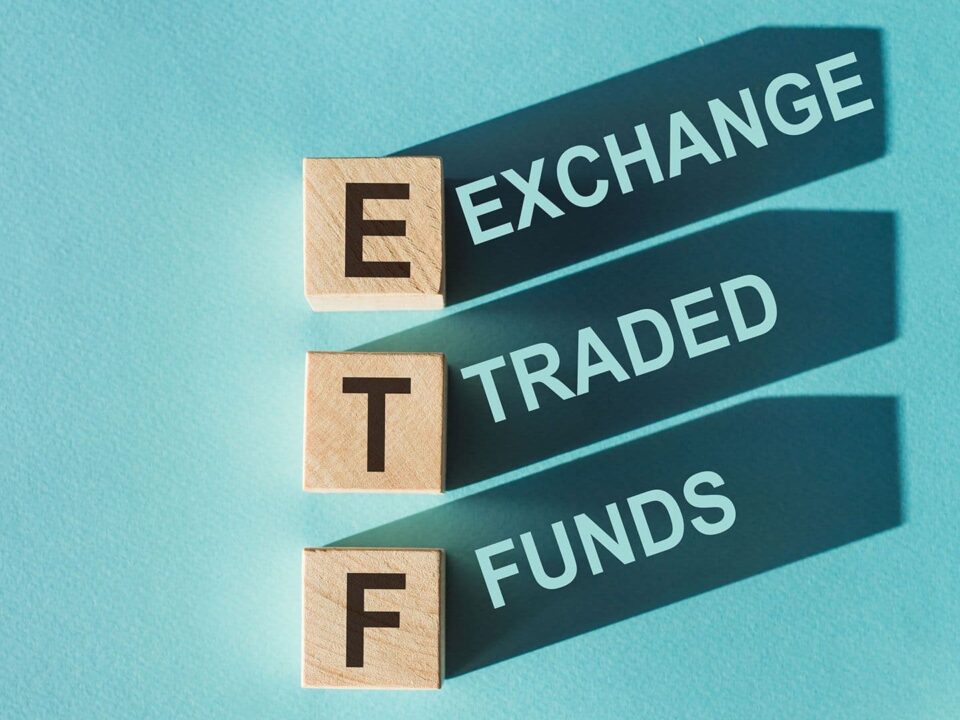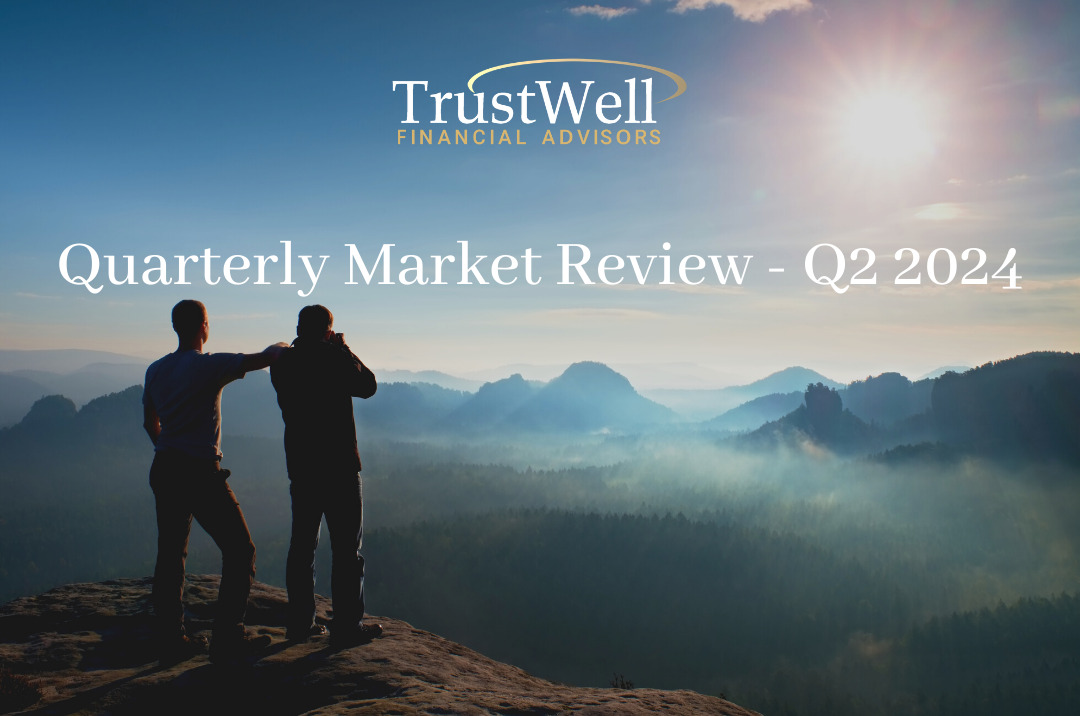
Quarterly Market Review: July 2024
July 1, 2024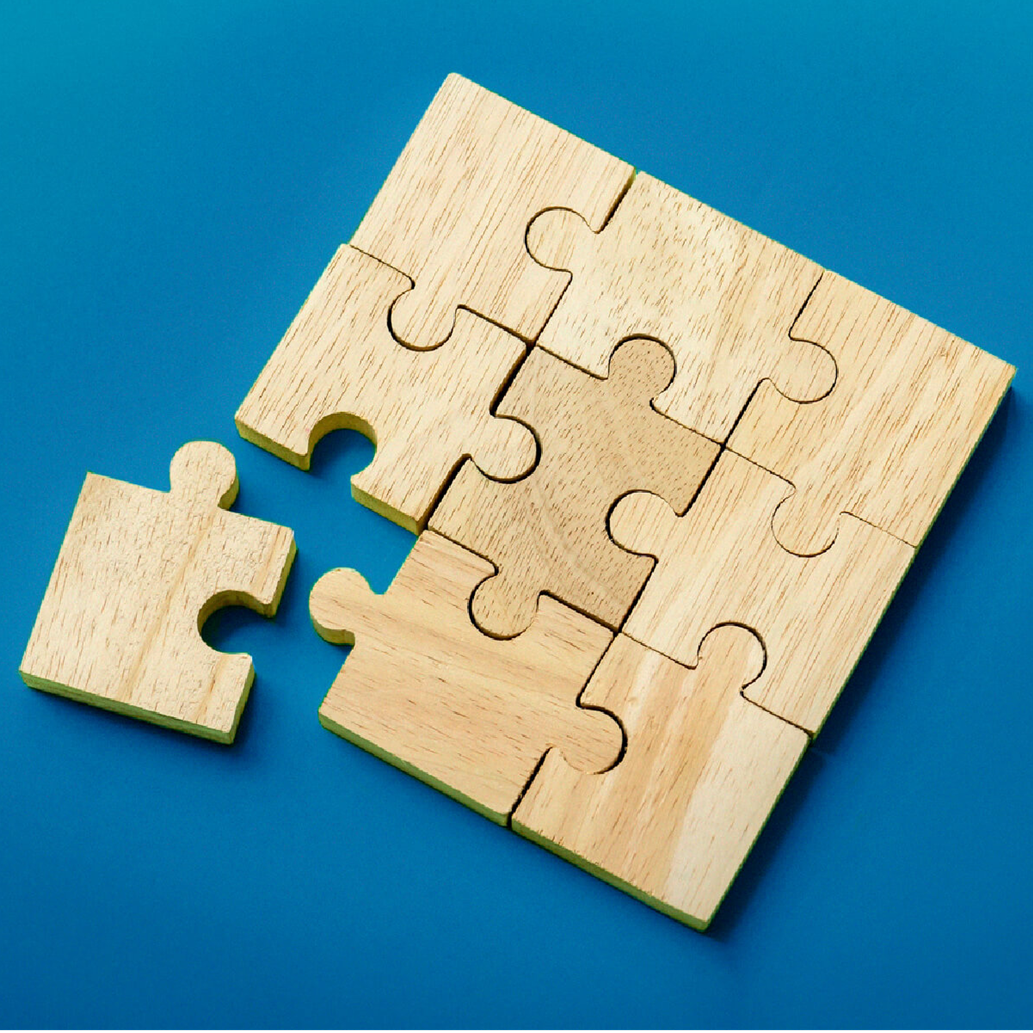
Is Your Financial Plan Driving Your Investment Plan?
September 1, 2024By Chris Daunhauer
I shudder when I think of the many thousands of miles I rode with my parents in old cars and trucks that were never equipped with seatbelts. And (even worse), the thousands more I drove myself around in cars and trucks that had seatbelts that I did bother to wear. I was not brave, but dumb. I didn’t understand the risk I was taking.
I wasn’t alone in that misunderstanding of risks. Back in those days being struck by lightning was the great fear in my community. But loads of people smoked cigarettes every day (and everywhere) and very few people ever wore a seatbelt. Those were different times, no doubt.
Florida didn’t require anyone of any age to wear a seatbelt until 1986. I was 20 that year and I remember people viewing the new seatbelt law as a gross invasion of privacy, and confirming evidence of a growing nanny state. “Too much trouble” many said. Seatbelts “wrinkle my clothes” and they “hinder my movement” I remember hearing. Those reasons seem silly to me now, but I remember the new seatbelt law being very unpopular, and poorly enforced, for a long time after it was passed.
To help make the 1986 seatbelt law more palatable, Florida’s legislature made failure to wear a seatbelt a “secondary” offense. It was not until 2009 that officers could pull Florida drivers over for violating just the seatbelt law. Even now, adults riding in back seats, people riding in buses, rural letter carriers, and garbage truck drivers (among others) are not required by law to wear seatbelts.
The roads we travel have steadily become safer between then and now. Engineers and FDOT planners have made lanes and sidewalks smoother, roundabouts and barriers more common, and signaling and signage clearer. We all benefit from those ongoing improvements, but seatbelts in vehicles is still the improvement that’s made the biggest difference. The probability of being in a crash in any given year is, thankfully, very low. But for a person who happens to be involved in a car crash, having a seatbelt on at the time of the crash greatly reduces the likelihood of severe injury or death. Wearing a seatbelt doesn’t prevent you from being in a crash, but it lessens the risk of catastrophic consequences. It provides a margin of safety.
This “margin of safety” concept is common in financial decision making. Blogger Morgan Housel defines it as the healthy gap between what I hope will happen and what I need to have happen in order to avoid financial ruin. Taking prudent risks is fine, my dad told me, but “don’t bet the rent money.”
Margin of safety appears in many forms. Here’s a few…
Insurance is purchased margin of safety. When we buy a policy, we are putting on a financial seatbelt. We willingly give up a small certain loss (the premium that we pay to the insurance company every year) in exchange for contractual protection from a large permanent loss that we could not otherwise withstand. Having insurance on our homes doesn’t keep lightning, fire, hail, and hurricanes away, but it gives us (and our mortgage lenders) assurance that we can rebuild quickly and have our home equity restored after a major loss.
Achieving and maintaining a strong balance sheet is another example of margin of safety. Companies and households that have heavy debt in relation to their assets and their income make themselves vulnerable to recessions, layoffs, extended illnesses, and other kinds of financial shocks. What we commonly call “money in the bank” never pays much in interest, but the stability that those cash reserves provide can be extremely valuable during tough times.
History shows that many large fortunes were made in the midst of nationwide financial catastrophe. Patient investors (sometimes called “strong hands” investors) who maintain ready cash reserves (and have the courage to invest it when fear is rampant and pessimism reigns) can often buy up high value assets at fire sale prices.
Yet another example is waiting to claim social security; doing so can add margin of safety to a retiree’s plan for income in retirement. Every year that a person does not commence his or her benefit causes that eventual monthly benefit to increase by about 8 percent. And that larger Social Security benefit is a lifetime annuity, one he or she cannot outlive. It includes an inflation adjustment every year, it’s an obligation of the world’s richest country, and it has appealing survivor benefits – a hard to beat foundation for income in retirement.
Choosing to take a lower paying job but at a company or government entity that offers a traditional pension plan (and sticking with it until you are vested) is a margin of safety play.
For employees of companies that offer a defined contribution plan like a 401k, 4013b, SIMPLE IRA, etc., choosing to defer a significant amount of your pay into your employer’s plan (more than just the amount required to get all of the company match, IOW) is like choosing to wear a retirement seatbelt.
Within an investment portfolio, diversification across multiple asset classes (and, further, within those individual asset classes) helps create a margin of safety. It makes having to guess right about the future direction of the economy or predicting next year’s interest rates less important. The late Benjamin Graham (a pioneer of securities analysis and Warren Buffett’s mentor) famously quipped “The purpose of the margin of safety is to render the forecast unnecessary.”
It’s good advice. And it echoes the timeless wisdom of King Solomon captured in Ecclesiastes 11:2. “Divide your wealth to seven or even eight different ventures, because you do not know what misfortunes may occur.”
When I choose to own a broad collection of different kinds of securities, I don’t have to be right about any single one of them. When I chose to hold a healthy portion of my money in stable but lower yielding asset classes (like cash, money market shares, short term government bonds, etc.) in an otherwise growth-oriented portfolio, I’m creating a margin of safety. Having that margin gives me the courage to take significant risks with the other parts of that portfolio. I know that even if I am unlucky enough to buy lots of stock funds just before a stock market crash, I won’t be crushed by that decision, because I have money in other places.
Those low return but stable asset classes function as “ballast” in the bottom of my investment ship – they are my margin of safety. It’s true those low risk assets slow me down when the weather is perfect, but they also keep my craft upright in suddenly stormy seas. Having some heavy / boring ballast down in the bottom of my ship gives me confidence to keep my sails up pretty much all the time to catch the passing winds and make progress. My portfolio gets bounced around from time to time, of course, but it keeps moving forward in all kinds of weather, because I have healthy portions of both ballast and sail.

